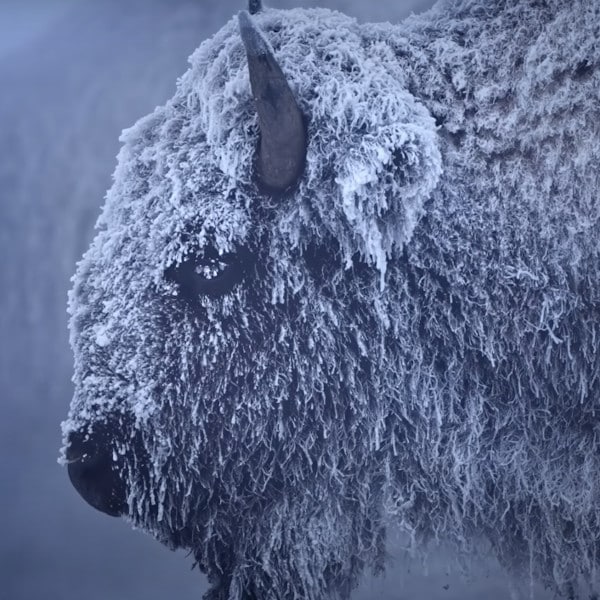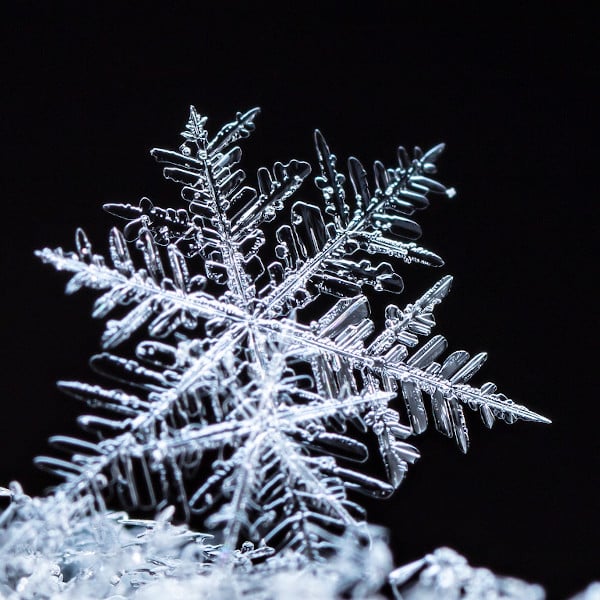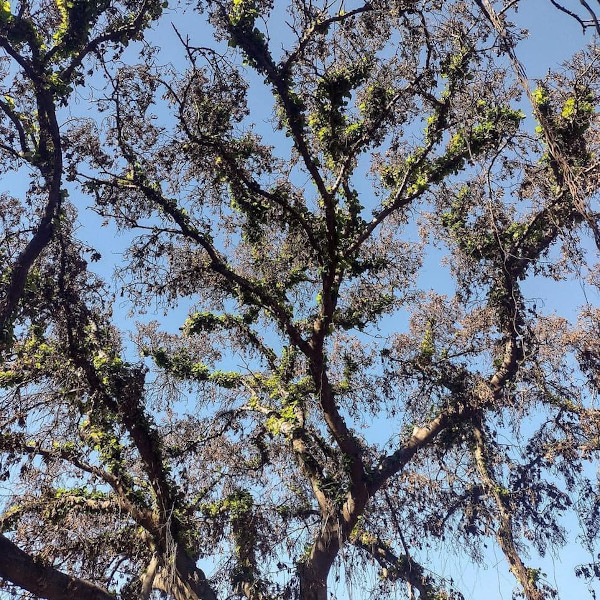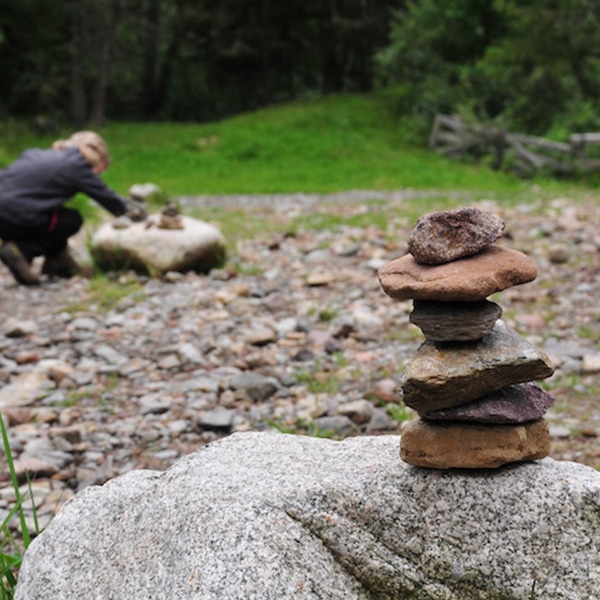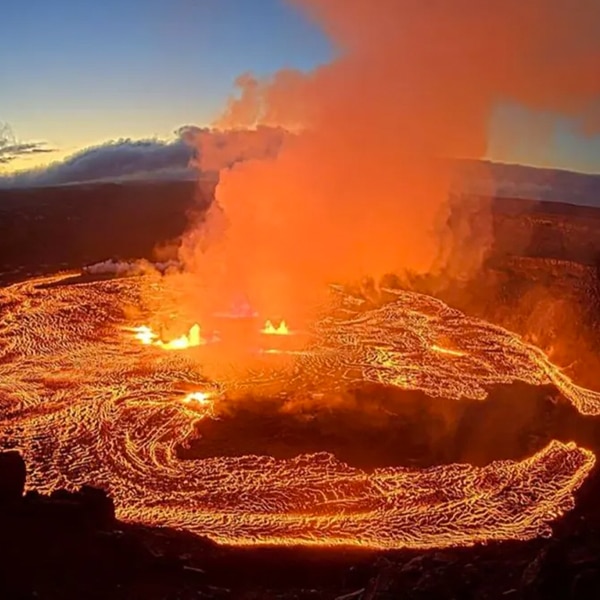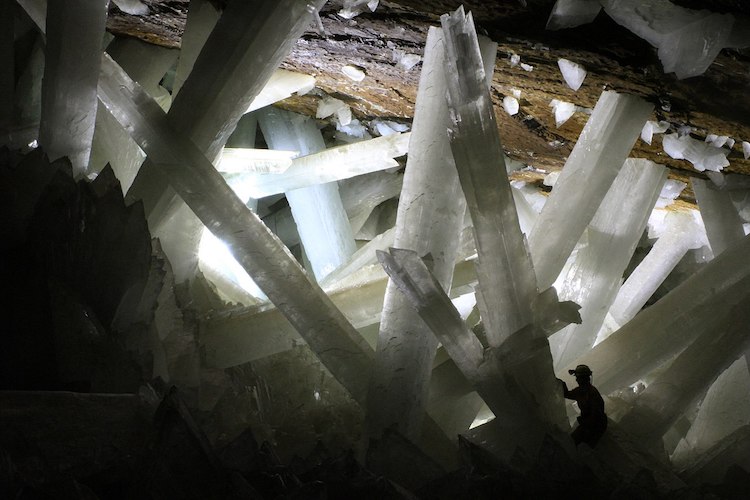
Photo: Alexander Van Driessche [CC BY 3.0], via Wikimedia Commons
Located below the Naica Mine, the cave produces jaw-dropping crystals that dwarf humans who enter the area. Containing selenite—gypsum—crystals measuring up to 39 feet (12 meters) in length, the cave is a relatively hostile environment—without proper protection, people would only survive about 10 minutes inside. And with temperatures reaching up to 136 degrees Fahrenheit (59 degrees Celsius) and humidity over 90%, the same environmental factors that make the crystals thrive, also make the Cave of Crystals an unfriendly home for humans.
Though the cave is currently flooded—which is good news for crystals, as they deteriorate in air—for many years the mining company pumped water out of the cavern, allowing scientists to document and study the giant mineral formations.

Photo: Paul Williams
How did the Cave of Crystals develop such large formations?
The cave itself lies above an underground magma chamber, which heated groundwater to levels where it was saturated with minerals. Filled with mineral saturated water, the relatively stable temperatures inside the chamber allowed crystals to grow to record sizes. In fact, while adjacent caves also have large crystals, nothing compares to the sizes reached by the Cave of Crystals.
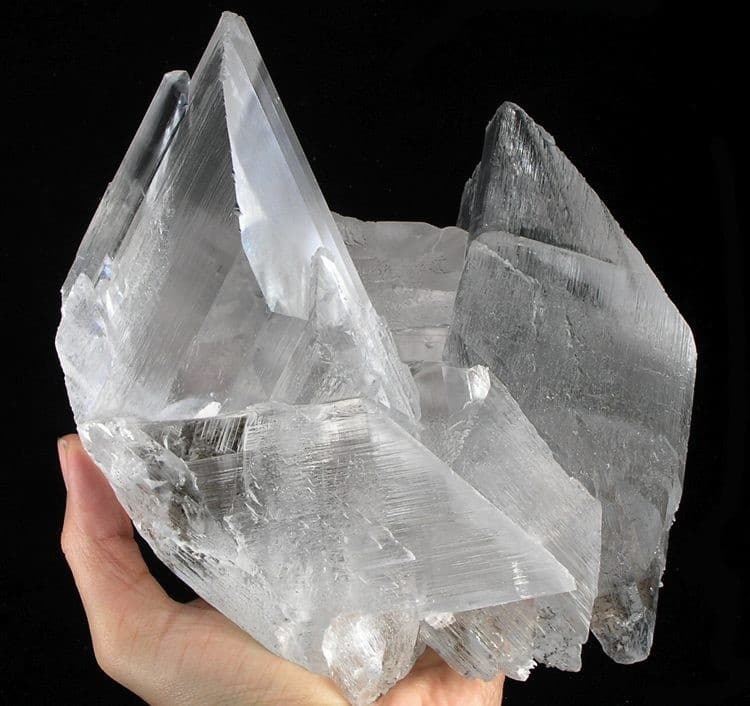
Water-clear selenite crystal “floater” from the Naica Mine. Size: 18×14×13 centimeters (7.1×5.5×5.1 in), weight 26 kilograms (57 lb). (Photo: Rob Lavinsky, iRocks.com – CC-BY-SA-3.0 [CC BY-SA 3.0], via Wikimedia Commons)
Why are the selenite crystals important?
Scientists and researchers have been actively working in the Cave of Crystals since 2001, and continued to do so until its confirmed flooding in 2017. Using uranium dating, scientists were able to determine that the crystals were 500,000 years old. And recently, Dr.Penelope Boston of NASA's Astrobiology Institute was able to isolate dormant microbes inside the crystals and revive them.
It's an extraordinary discovery, as the microbes are at least 10,000 years old, and possibly up to 50,000. “Other people have made longer-term claims for the antiquity of organisms that were still alive, but in this case these organisms are all very extraordinary—they are not very closely related to anything in the known genetic databases,” Dr. Boston shared.
Further study will certainly be interesting, as they attempt to learn more about these special microbes adapted to such harsh conditions. For NASA, the environment could possibly mimic the harsh conditions of other planets in the solar system, giving us small clues about how certain organisms may thrive underground in the absence of light. Many scientists feel that if life does exist on other planets, it would be underground in environments like Naica.
This video gives an idea of the incredible scale of the gypsum crystals growing inside the Giant Crystal Cave.
h/t: [reddit]
Related Articles:
Interview: John Spies’ Magnificent Photos Reveal the Hidden Wonders of Underground Caves
Underground Cave Expeditions Reveal a Whole New World
Oddly Shaped Lava Formations Look Like a Mass of Twisted Bodies
Drone Captures Amazing Footage of the World’s Largest Cave in Vietnam












































































